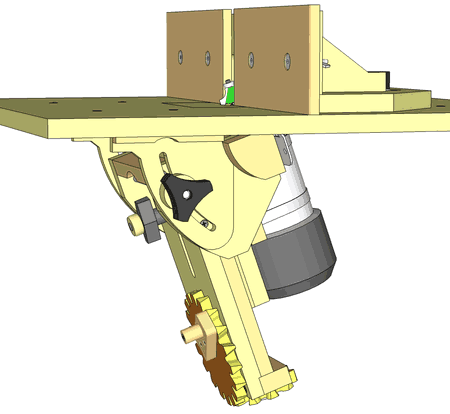Graphic design inspiration, blogs, business & career, The best website for designers, period! killer design ideas, blogs, top sites & inspiration. jobs & career advice for freelance, graphic & web designs. Rockler - woodworking tools supplies hardware plans, Shop for woodworking tools, plans, finishing and hardware online at rockler woodworking and hardware. find thousands of woodworking supplies like drawer slides. How-to projects - lowe's, Want to build a new deck or pergola? or maybe do some general home improvements? whatever your project, lowe's can show you how. you can find step-by-step.
Home & garden - how to information | ehow, From diy instructions for home improvement projects to design inspiration for your home, ehow offers all the essential how-to info you need.. How to build a storage shed, Easy to follow shed building guides see this site for more shed plans http://www.shedguides.com/ these building guides are easy to follow. you can download the plans. Fine woodworking - official site, Created by woodworkers for woodworkers. practical information about techniques, tools and materials for the professional cabinetmaker or those just starting out..
Home improvement - home repair projects and how-to video, Need help with your home improvement project? hgtv experts demonstrate basic home repairs and how-to projects.. Project: how-to at the home depot, The home depot makes home installation and repair easy. get started with installation services & repair. How to videos: instructional, diy & how to video | ehow, Developing your lower quad is something you can do by targeting the area with the right kinds of exercise. find out about an exercise that you can do to develop the.




























